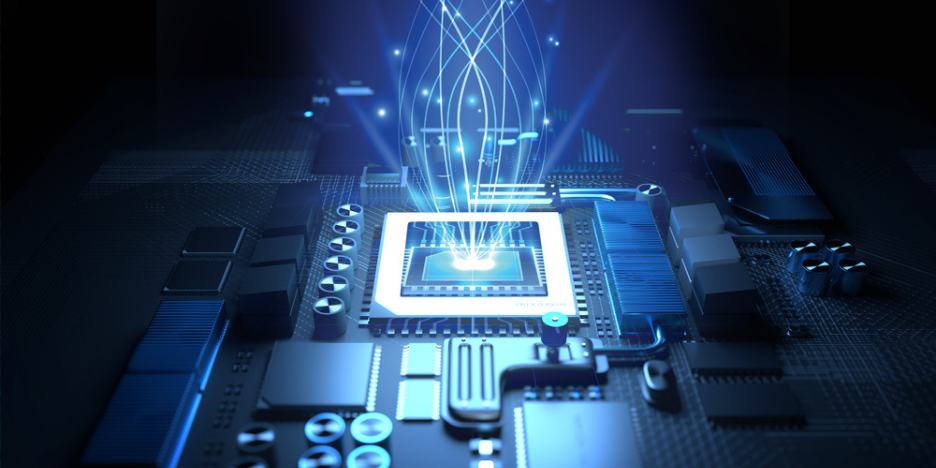
VLSI
Very Large Scale Integration (VLSI) is the process of integrating thousands to billions of transistors onto a single semiconductor chip. It is a key technology driving the design and development of modern electronic devices such as microprocessors, memory chips, and ASICs (Application-Specific Integrated Circuits).
VLSI technology plays a vital role in making today’s electronic systems faster, smaller, and more efficient, forming the backbone of computing, communication, and automation.
Evolution of VLSI Technology
The journey of VLSI has transformed the semiconductor industry over decades:- SSI (Small Scale Integration) – Few transistors per chip (1960s)
- MSI (Medium Scale Integration) – Hundreds of transistors per chip (1970s)
- LSI (Large Scale Integration) – Thousands of transistors per chip (late 1970s)
- VLSI (Very Large Scale Integration) – Millions to billions of transistors per chip (1980s–present)
- ULSI (Ultra Large Scale Integration) – More than a billion transistors per chip (modern era)
Applications of VLSI
VLSI technology is at the heart of numerous industries and everyday technologies, including:Why VLSI Matters
VLSI is not just about smaller chips it’s about higher performance, reduced power consumption, and cost efficiency. As technology continues to advance, VLSI remains a crucial driver in shaping the future of electronics, automation, and intelligent systems.